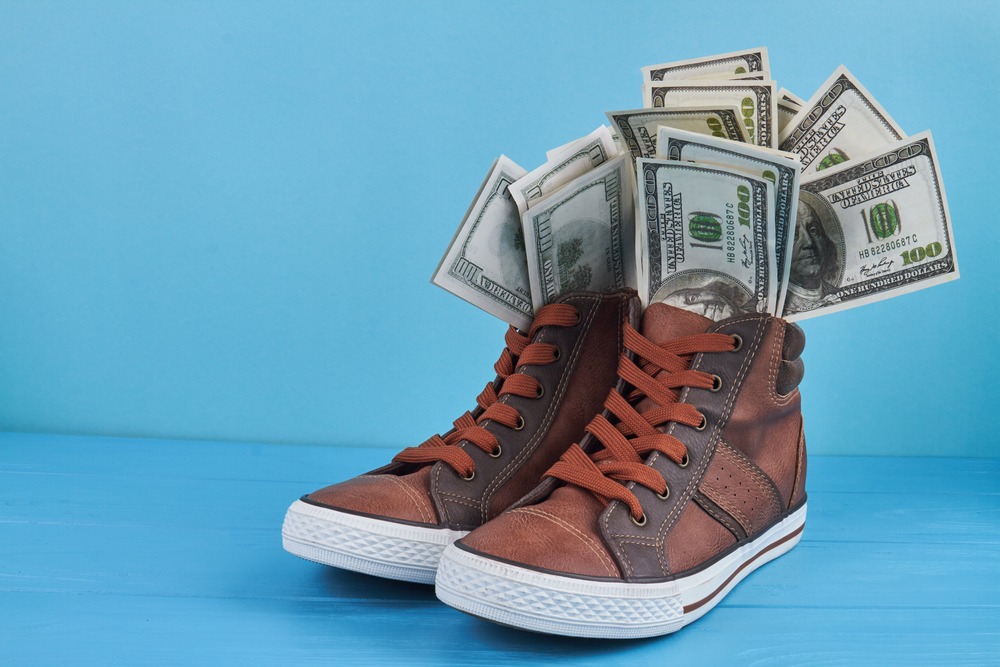Are Trainers/Sneakers a Good Investment?
In the world of collectibles and investments, one of the most unexpected categories to emerge in recent years is trainers, also known as sneakers. Once just a functional item for athletic performance or casual wear, sneakers have evolved into highly sought-after fashion pieces and investment opportunities. Collectors and investors are now increasingly looking at rare, limited-edition, or iconic sneakers as assets that can yield substantial returns. But the big question remains: are trainers or sneakers a good investment? In this article, we will explore the value of sneakers as an investment, the factors that influence their worth, and which brands or specific models offer the best returns.
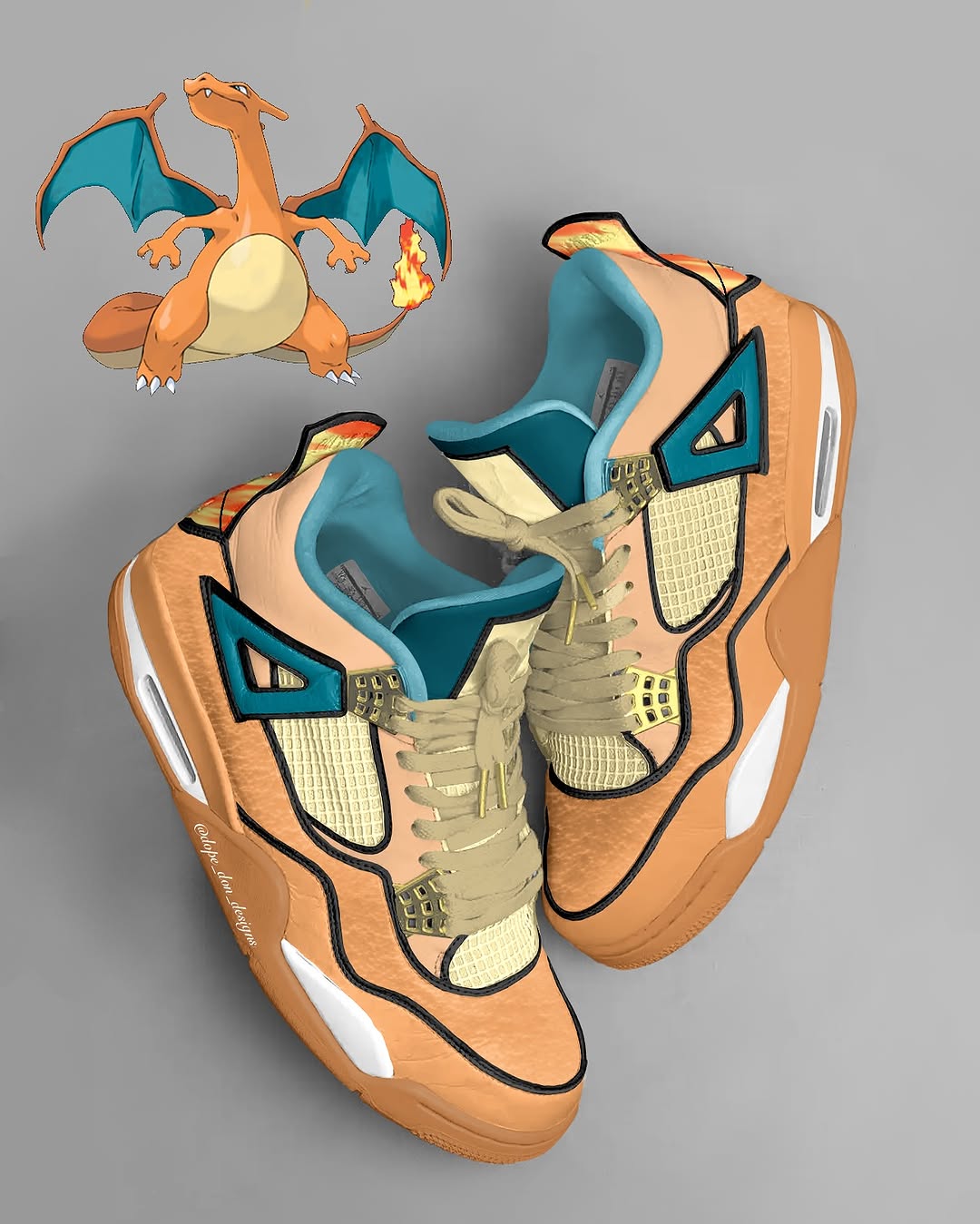
Do Trainers/Sneakers Go Up in Value?
The simple answer is yes – many sneakers do appreciate in value over time. While sneakers typically do not appreciate at the same rate as other luxury assets such as fine art, classic cars, or real estate, there has been a clear upward trend for certain models in recent years. In fact, rare sneakers, especially those tied to limited releases or popular collaborations, can see their value skyrocket once they are no longer available for purchase at retail.
RELATED: Are Classic Cars a Good Investment?
Some sneakers, particularly in the realms of streetwear and sneaker culture, have been known to increase in value by hundreds, if not thousands, of dollars. A prime example of this is the Nike Air Yeezy 2 “Red October”, which was released in 2014. Originally priced at $245, this sneaker now regularly fetches anywhere from $5,000 to $10,000 or more, depending on the condition and size. Similarly, Nike Air Jordans, especially rare editions or those associated with Michael Jordan's legacy, can see their prices skyrocket on the resale market.
This trend is part of a larger phenomenon in the world of fashion and collecting, where certain brands, collaborations, and limited editions create a sense of exclusivity that drives up demand. When sneakers are produced in limited quantities or are linked to specific cultural moments, they can become highly coveted, causing their prices to rise in the resale market.
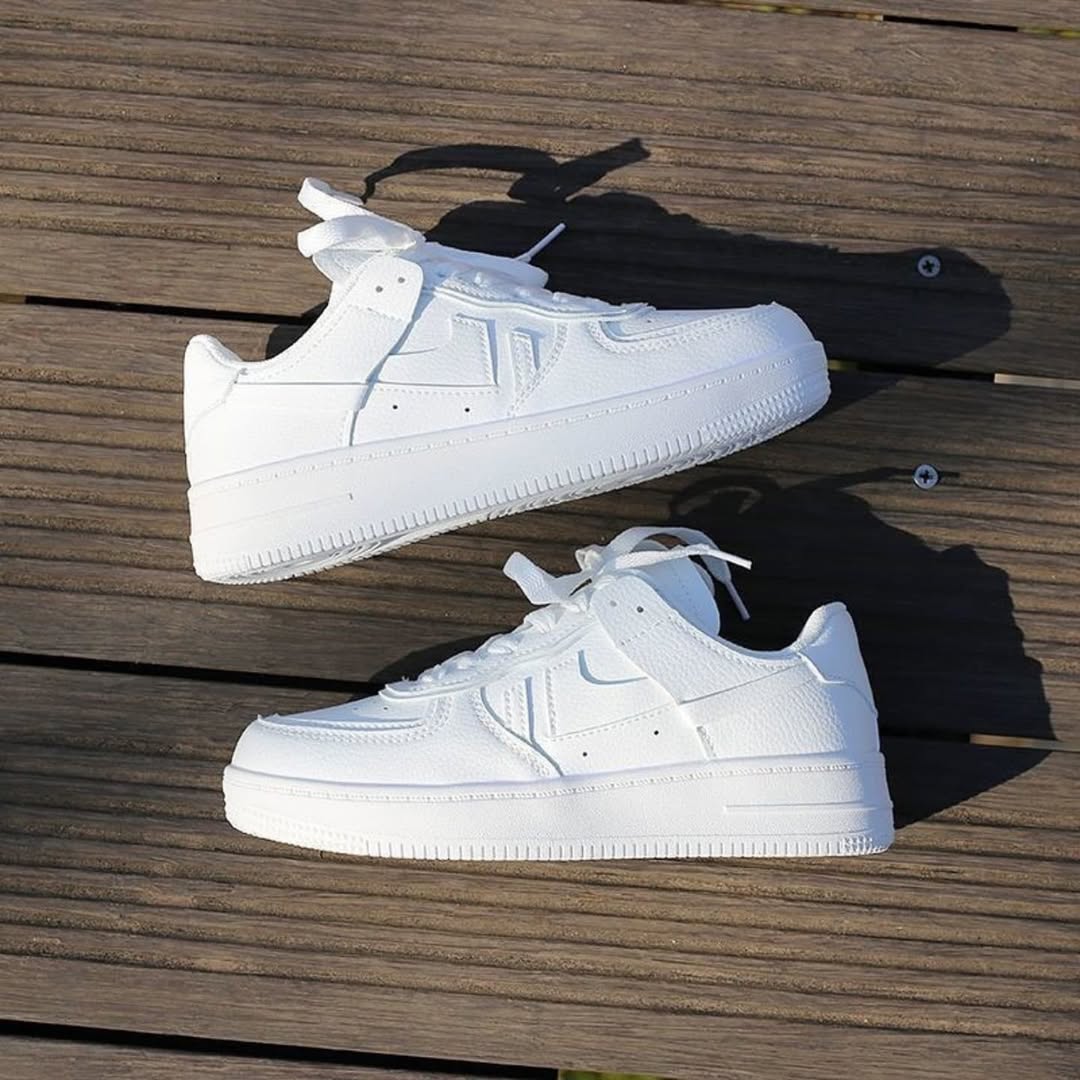
What Makes a Trainer/Sneaker Go Up in Value?
Several factors contribute to the appreciation of sneaker prices over time. Understanding these factors is crucial for those who are looking to make smart investments in the sneaker market.
1. Exclusivity and Rarity
The most significant factor in the appreciation of sneaker value is rarity. Limited-edition releases, collaborations with high-end designers or celebrities, and special or seasonal editions often sell out quickly. Once the sneaker is no longer available through traditional retail channels, the only way to acquire it is through resellers, driving the price up. The more exclusive a sneaker is, the higher its demand in the resale market.
For example, Off-White x Nike collaborations and sneakers designed by Virgil Abloh have become incredibly sought after due to their limited availability and unique designs. When only a few thousand pairs are made, and they sell out almost immediately, their value increases exponentially as time goes on.
RELATED: Is Artwork a Good Investment?
2. Brand Reputation and Cultural Significance
Brand reputation plays a significant role in determining a sneaker’s investment potential. Iconic sneaker brands such as Nike, Adidas, Puma, and New Balance have established themselves as market leaders in both performance and style. These brands have loyal followings, which only increase the demand for their products.
Moreover, cultural significance contributes greatly to the value of sneakers. Sneakers tied to sports legends like Michael Jordan, Kobe Bryant, or LeBron James will naturally hold more value due to the association with these global icons. Additionally, sneakers featured in pop culture or worn by celebrities can also see a dramatic increase in value. The Nike Air Jordan 1 “Chicago”, associated with Michael Jordan’s legendary career, remains one of the most iconic and expensive sneakers of all time.
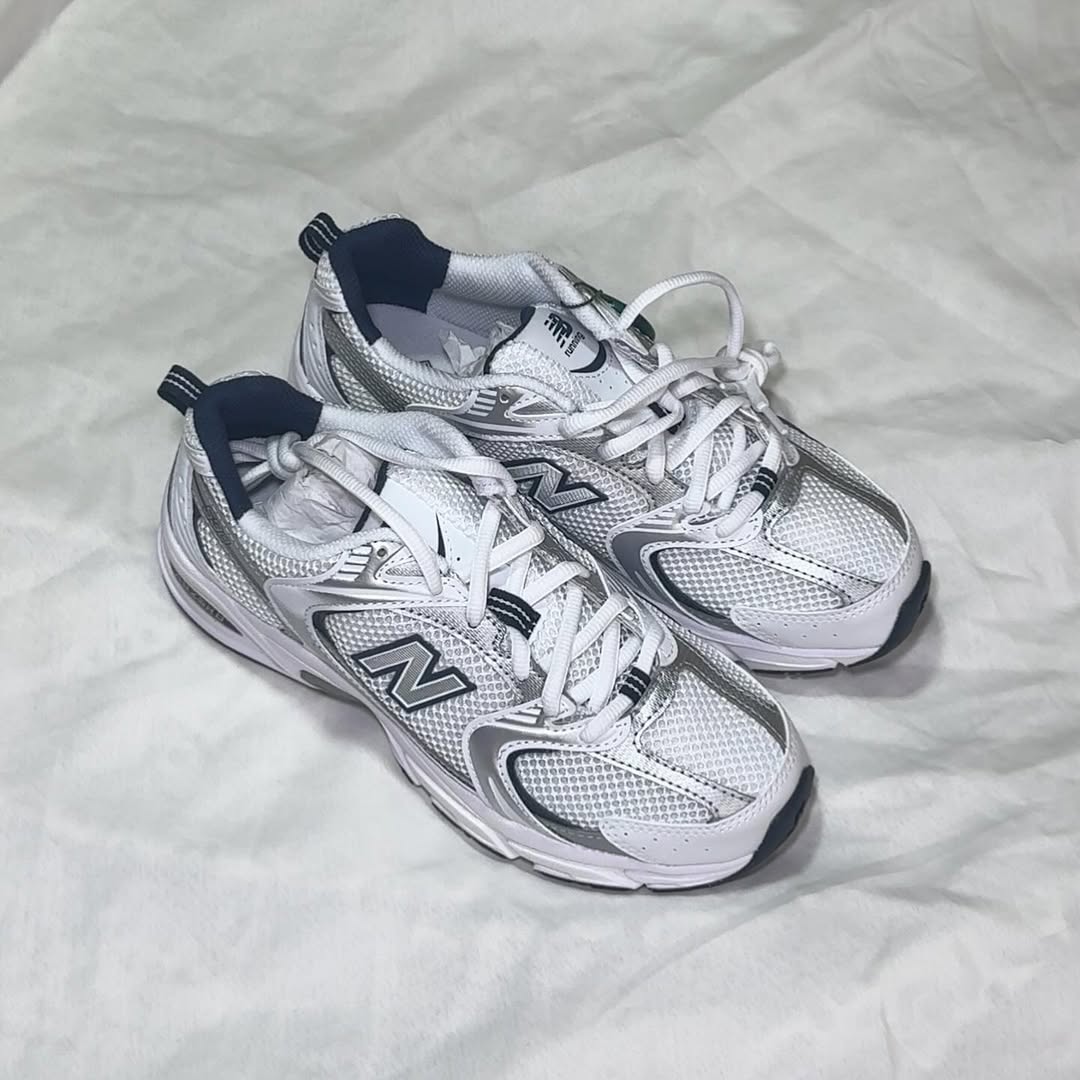
3. Condition and Original Packaging
Condition is a crucial factor when it comes to the resale value of sneakers. A pair of sneakers that have been worn and are showing visible signs of wear and tear will not command the same price as a brand-new, unworn pair. Condition is often rated on a scale of “deadstock” (brand-new, never worn) to “used” or “pre-owned,” and deadstock sneakers tend to fetch the highest prices.
Additionally, keeping the original packaging (such as the box and extra laces) can also increase the sneaker’s value. Collectors often look for these details when evaluating a sneaker’s worth, as they contribute to the item’s rarity and authenticity.
4. Collaborations and Designer Sneakers
Collaborations between sneaker brands and high-end designers or celebrities can significantly boost a sneaker’s value. For example, Kanye West’s collaboration with Adidas, resulting in the Yeezy line, has caused these sneakers to become highly coveted, with some models now selling for well over their original retail price.
Collaborations often generate hype and anticipation, which increases demand before the sneakers are even released. As a result, many sneakers that are part of exclusive collaborations immediately see an increase in value, sometimes doubling or tripling in price within a few weeks or months after the release.
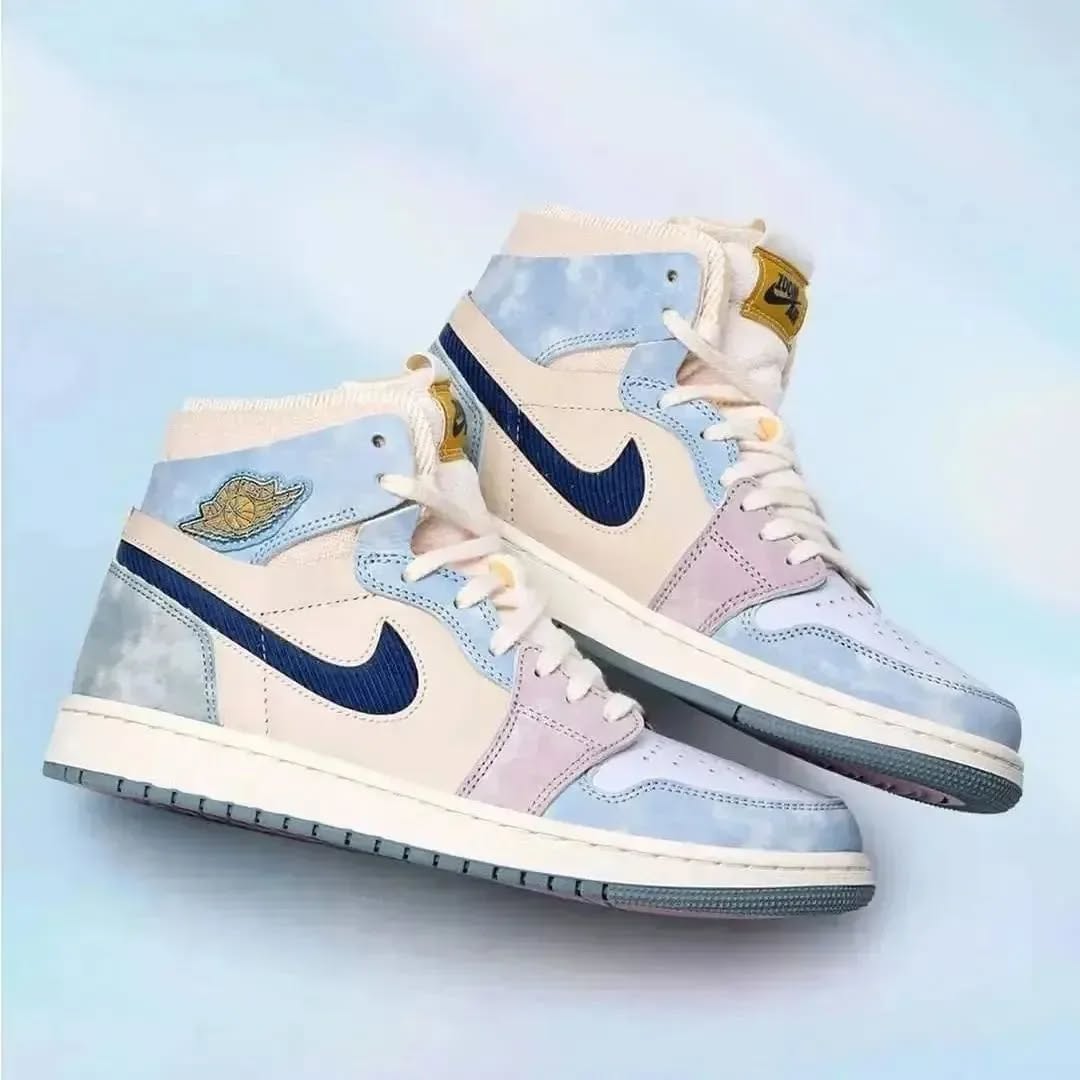
What Are the Best Brands/Trainers to Buy?
While there are numerous sneaker brands and models to consider, certain brands consistently produce sneakers that appreciate in value. Here are some of the best brands and models to invest in:
1. Nike
Nike, particularly the Air Jordan and Nike Air Yeezy lines, has a long history of producing sneakers that go up in value. The Nike Air Jordan 1 is arguably one of the most iconic and valuable sneakers ever produced, and vintage models in pristine condition can fetch sky-high prices. Other notable Nike sneakers include the Nike Dunk and Nike SB collections, which are often linked to exclusive collaborations.
2. Adidas
Adidas, especially through its collaboration with Kanye West on the Yeezy line, has produced some of the most coveted sneakers in recent years. Limited editions like the Yeezy Boost 350 or Yeezy Boost 700 regularly sell for multiple times their original retail price in the resale market. Adidas also has a strong following in the Adidas Originals and Adidas NMD lines.
3. Puma
While not as widely regarded as Nike or Adidas in the sneaker investment space, Puma has gained traction with its Suede Classic and collaborations with celebrities like Rihanna and Jay-Z. Puma’s limited-edition releases often see their prices rise in the resale market.
4. New Balance
New Balance has seen a surge in popularity in recent years, and their 990 and 550 models have become highly sought after. New Balance sneakers are known for their quality, comfort, and style, and limited editions and collaborations with designers often appreciate in value.
5. Off-White x Nike
As mentioned earlier, the collaboration between Off-White and Nike has created some of the most valuable sneakers in recent years. Models like the Off-White x Nike Air Presto or the Off-White x Nike Dunk continue to rise in value due to their exclusivity and unique designs.
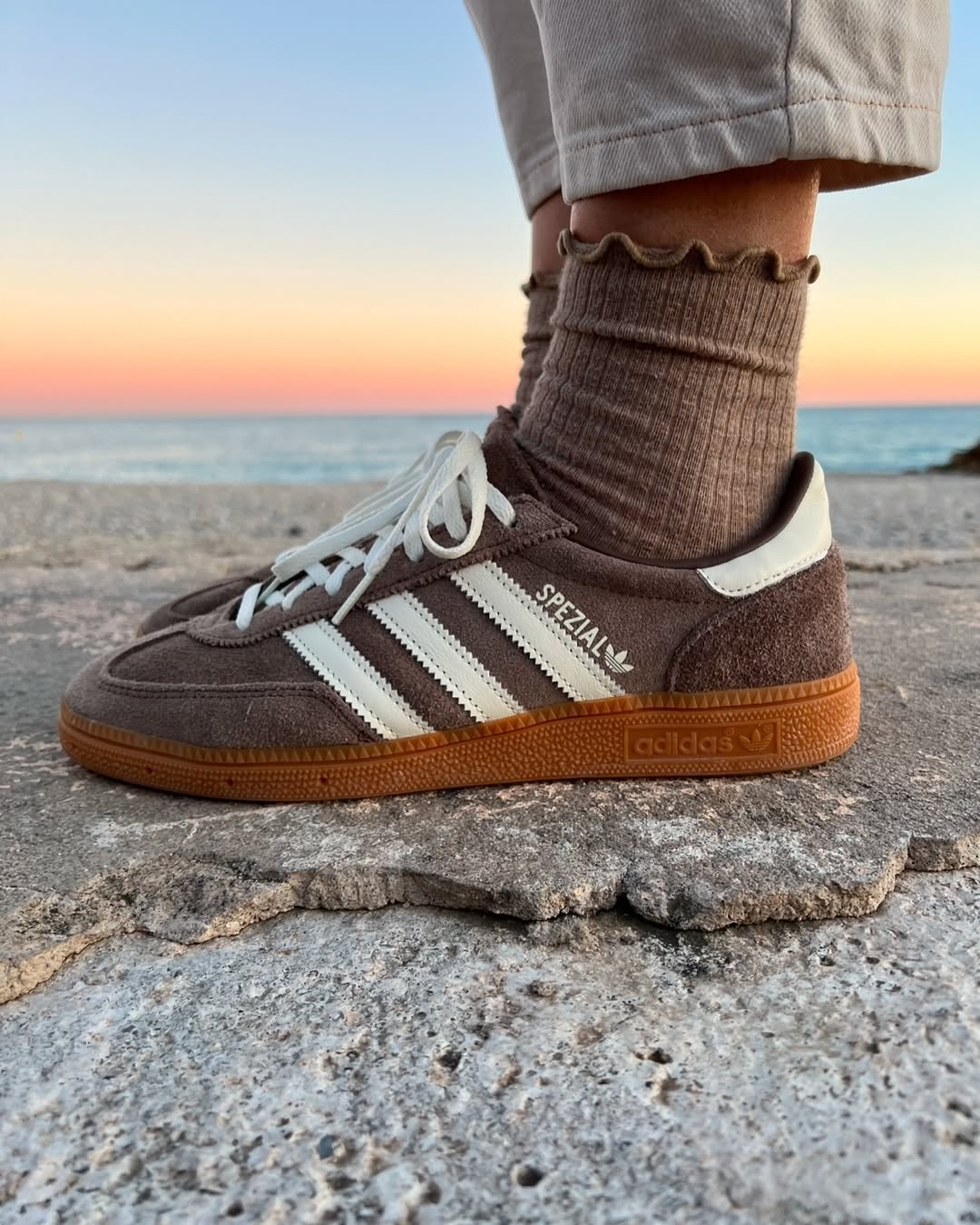
Does the Age and Condition Matter?
Yes, the age and condition of a sneaker matter significantly when it comes to investment. Older sneakers, particularly those that have been discontinued, can become more valuable over time. However, the condition of the sneaker is crucial – a well-preserved, unworn sneaker will fetch much higher prices than one that has been heavily used.
RELATED: Are Rolex Watches a Good Investment?
As mentioned earlier, deadstock sneakers are often the most valuable, and sneakers kept in pristine condition will maintain their worth for years to come.
How Long Do Sneakers Take to Increase in Value?
Sneakers can take several months or even years to increase in value, depending on the brand, model, and demand. Some limited-edition releases can see a sharp increase in value almost immediately, while others may take time to appreciate. Generally, sneakers tied to iconic brands or cultural moments tend to appreciate more quickly, while those tied to niche collaborations may take a longer time to reach peak value.
In conclusion, trainers and sneakers can indeed be a good investment, but like any investment, they come with risks. The key to success in sneaker investing lies in understanding the factors that influence value, such as exclusivity, rarity, and brand reputation. By investing in the right sneakers, keeping them in excellent condition, and understanding the trends in the market, collectors and investors can enjoy significant returns. Brands like Nike, Adidas, and New Balance, along with sought-after collaborations, offer some of the best opportunities for those looking to dive into the world of sneaker investment.


